By John Entwistle, Jr.
Innovative transportation has long been driven by San Francisco’s geography starting with Andrew Hallidie inventing the cable cars to save horses pulling people up the downtown hills. Our municipal railroad is one of the nation’s oldest, using streetcars in tunnels ferrying workers between the neighborhoods West of Twin Peaks and our business metropolis by the bay. Hugely exceeding the capacity of the road system by investing in mass transportation generated great wealth in San Francisco.
This use of alternatives to the personal automobile for the daily commute of large numbers of people continued. BART let us build a modern high-density city core rivaling Manhattan Island for walkability and proximity of goods and services. We could grow big despite road space capacity limits; car storage needs and other environmental impacts. This took the vision much further.
Our current transportation enigma is a factor of our previous success. It is a challenge to our region’s rapid growth dynamic which must be managed with great care and foresight. Many people live in SF and work in San Mateo County. Many more live outside San Francisco but work here commuting to The City daily. And we will never stop developing. These increasing sources of demand are overwhelming our roadways and train corridors.
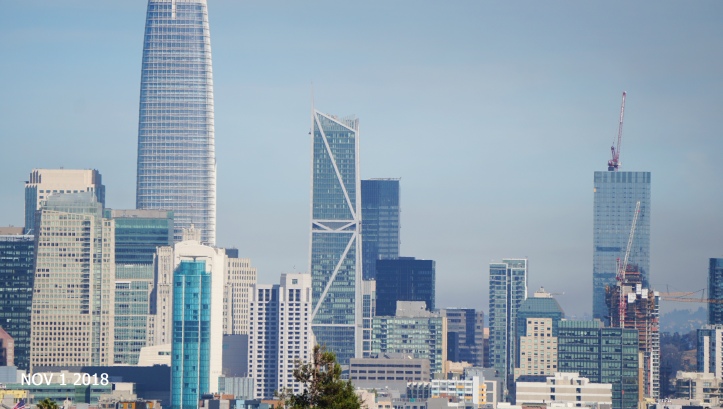
Here in SF we feel these pressures with particular acuity. We are a major destination and a cultural nexus for our entire region. But our physical space is capped at 49 square miles. We simply cannot build more parking lots at the edge of town. So, we adapt. Locals use Muni, bicycles, taxi’s and other means to get around town when they can and plan their trips carefully if they have to drive.
We are surrounded by communities such as Fairfax in places like Marin County where ownership of a private car is a necessity and within reach economically of most people. These towns have been growing for decades using the same old transportation plan of a road attached to a highway. When these folks visit San Francisco, they drive; creating upon arrival an insatiable demand for parking spots. Providing and managing parking is expensive.
Right now, we are exceeding the capacity of all our current transportation options including private automobiles. This results in stoplights that fail to allow the entire queue to clear the intersection before switching, long hunts for parking, double parking and other forms of hazardous behavior by people seeking to load and unload their cars, do drop offs and pickups, etc. Inexplicable, unpredictable localized traffic jams eat up our limited time turning short trips into major ordeals. Frustrated motorists respond by blowing stop signs, parking on the sidewalk and in the crosswalks, and engaging in various acts of road rage.

Filling our streets past their capacity levels is causing approximately ten vehicular related hospitalizations per day and taking an innocent life just about every two weeks like clockwork for years on end. Most of these casualties are preventable. But safety was thrown under the bus long ago in favor of crude measures to facilitate the movement of this ever-increasing number of private cars being driven into San Francisco. And that is the proverbial 900-pound gorilla in the room.
The other huge challenge we are facing is our collective carbon footprint. We absolutely have to mitigate and reduce our carbon emissions be they at the tailpipe or the power plant. As Vice President Gore put it so eloquently, this is an inconvenient truth. This is a fact that will be impelling great changes in our transportation sector before too long. We must lead in that effort because we love life, our planet and future generations.
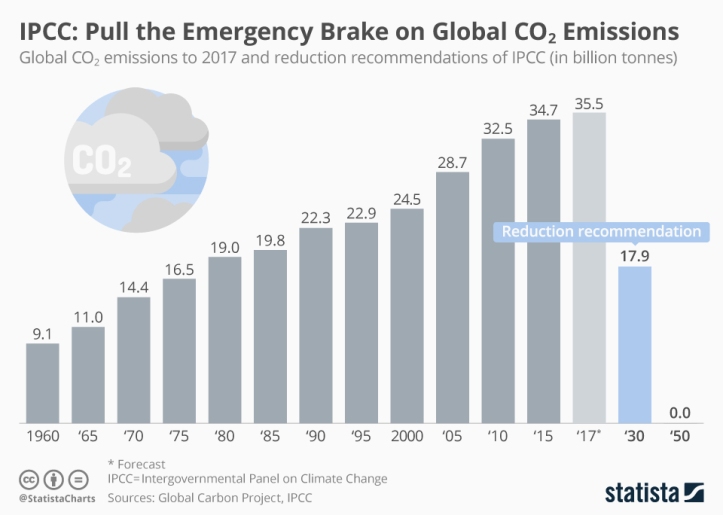
The San Francisco Municipal Transportation Agency must innovate. Both within the agency itself and outside in Our City’s streets. Competing and serving into the future as a nimble flexible transportation authority will require a willingness to reexamine every aspect of personnel relations. Having a fixed number of workers under stringent employment terms creates an environment where management is scrambling all the time to provide the same forms of work and compensation to their labor force and severely undermines the ability to get anything else done. This ends up costing the public dearly through low returns on hundreds of millions of dollars in federal and state transportation grants. Some of this money should be spent through the private sector which is readily poised to play a much greater role in the entire range of services SFMTA currently provides.


Outside, we need higher capacity streets. This means a general migration away from large private vehicles toward bikes, scoots, scooters and the range of related small electric conveyances. Our transportation engineers at SFMTA have told me that they are ready to make the necessary changes to the physical streets to enable this option in a safe and large-scale way but they need the political leadership to do the job. Creating a political climate where our largest hotels and downtown businesses all the way out to SFO and beyond demand super high-quality protected bicycle paths and related facilities is a very achievable goal.
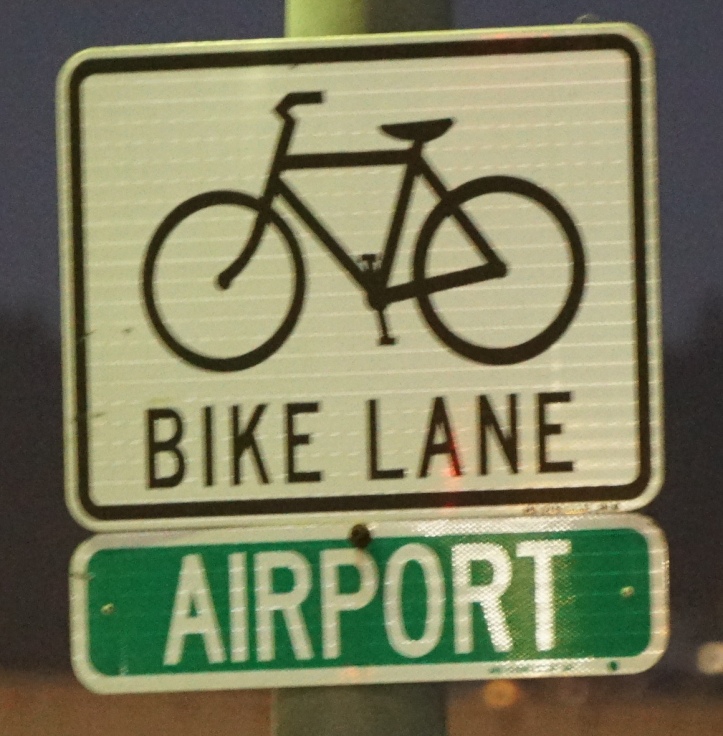
Building a completely protected absolutely beautiful bike highway from Potrero Avenue at Cesar Chavez straight down Bayshore all the way to Sierra Point, Oyster Point and right through the airport and on out to Burlingame would be the cheapest most effective transportation investment one could possibly make. It would greatly enhance the capacity of that entire 101 corridor and make SFO an easy bike ride for tourists.
That area is flat as a pancake and with ebikes so readily available this option would also help to induce cars off the road which has to be our goal going forward. Caltrain electrification, high speed rail and the related projects will be the other major tools in this effort. But if we want high speed high capacity access to anywhere in San Francisco with no possibility of delay or traffic jams we are talking about protected bike lanes.
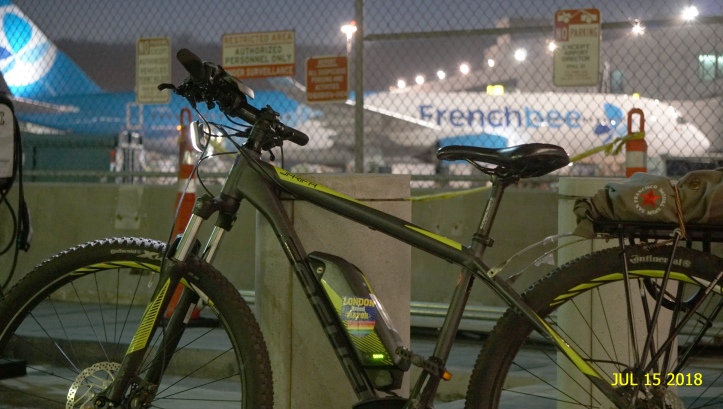
Because bicycles weigh very little they have negligible impact on the substrate of the road. Bike paths are very cheap to maintain in the long run. This matters a lot because roads are unbelievably expensive to build and to maintain. San Francisco has over a thousand miles of streets and roads and the cost of this system is technically unsustainable under optimal conditions. Yet The City is allowing fleets of 50,000 pound buses on these very same streets which greatly diminishes the lifespan of the asphalt and the concrete below that. San Francisco needs to manage its precious physical infrastructure in a more prudent manner.
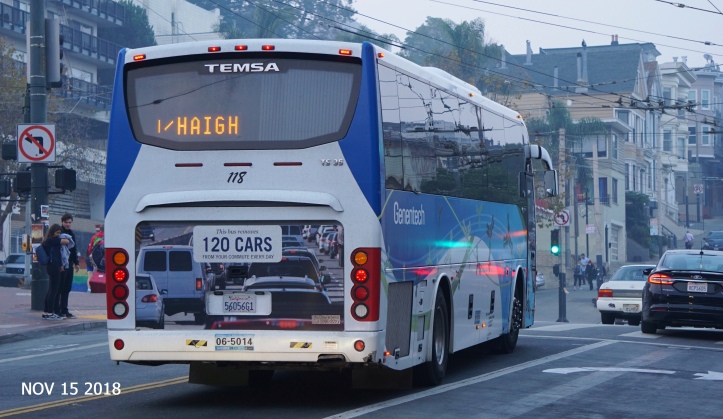
San Francisco needs to do more to protect people walking from people driving to end the epidemic of vehicle related hospitalizations, fatalities and terrifying close calls. We can build more curb bulb outs, raised crosswalks, and pedestrian refuge islands to physically protect pedestrians. We can adjust the timing of our streetlights and reduce the turn maneuvers allowed at certain intersections. We can do a lot more to make it safe to cross the street here.

One of the most successful pedestrian safety initiatives ever was run by the Automobile Association of America here in San Francisco right up till they moved out of town a few years ago. They had the school crossing guard program running at a high water mark the SFMTA has still not been able to reach since they took over the program. Supersizing this program should be an immediate priority for the SFMTA and for the City’s political establishment as well. Crossing guards are hero’s who get up early in the morning and stand in front of traffic so that little kids can get to school safely. And they are one of the most cost-efficient means of ensuring street safety there is.
San Francisco needs better parking. Perpendicular front first parking is inherently dangerous because it requires drivers to back into traffic blindly to pull out of the space. That’s why San Francisco replaced that form on Polk Street right across from City Hall with an upgraded much safer parking style called reverse angle parking. That upgrade should be implemented automatically on a city-wide basis. Likewise, The City needs to assign loading and drop off space on a lot of commercial blocks where the curbs are currently dominated by parking. To do otherwise is to sanction double parking.
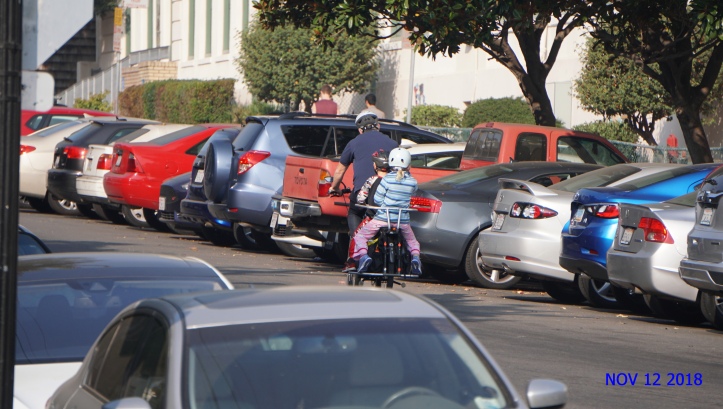
San Francisco needs better and more transparent parking management in all the neighborhoods. We offer free curbside parking all over the city. And what is the biggest complaint we hear from motorists? Lack of parking. This is a very serious problem for a lot of people. And it can kill a business. In the fight for parking, it’s car owner versus car owner. We need to enforce the rules that keep the playing field level. Currently those efforts are lax enough in some neighborhoods to encourage long term car storage and even collections of cars and vehicular residents not bothering to move on. We can do more to manage parking.
San Francisco Department of Public Works recently added a fleet of ebikes to its truck pool. Workers checking out vehicles for various jobs now have the option of choosing one of these bikes as an alternative to the usual big pickup trucks. For some runs this is a popular option and it demonstrates how departments of the city can innovate to reduce our carbon footprint and conserve parking in our neighborhoods. This type of thinking needs to be expanded. SFMTA gives out parking permits for city workers such as teachers to park all day long for free in San Francisco and needs to push these folks to consider alternatives. Neighborhood small businesses shouldn’t have to compete with the school district for customer parking.
San Francisco Municipal Railroad is an important city institution that needs continual expansion. Extending the tunnels and under-grounding more sections is a good investment although it does cost a lot. As we look forward to the future and plan more sections certain connections would go far in bolstering the system. Connecting the Central Subway to the Waterfront is obvious. The Southern end of Third Street out by Bay Shore should be continued all the way to Geneva Yards by Balboa Park. And the Western ends of the L-line and the N-line both terminate nine blocks from each other at the Pacific Ocean. Connect those two ends and a world of new possibilities comes to life. Train tracks should run in loops.

San Francisco needs to reach out to the big logistics companies who deliver food and packages locally to encourage them to use bicycles to a greater extent. Where this involves land use or other issues we need to determine and make the necessary legal changes. UPS, FedEx and similar companies have already developed fantastic bicycle delivery trucks which they are using in other countries. This tells us that others have solved this problem. This discussion has already been initiated here but it needs to be put on the fast track.
San Francisco has been shortchanging its crosswalk painting program for decades. Our intersections do not command respect. That needs to change. We need stop strips, continental crosswalks and other way-finding and guidance markings for all road users at major and minor intersections all over The City. And we need to continually maintain the markings we do have so they always look clean and highly visible. This does cost money.
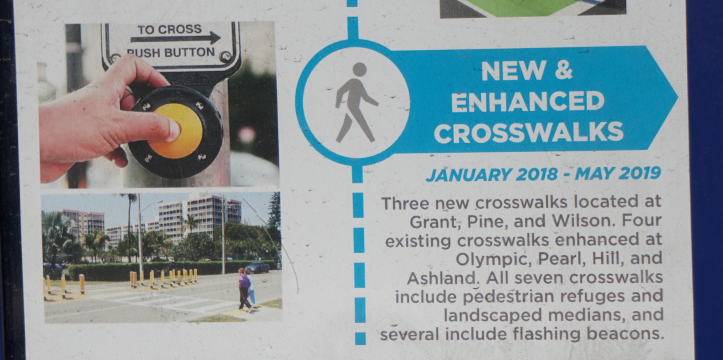

The San Francisco Municipal Transportation Agency must strike a healthier balance between the very large capitol projects it needs to fund and the more diffuse spread out smaller projects which need to be implemented and run in every neighborhood. We have some very ambitious super expensive undertakings in the pipeline and in the building stages. It is typical for SFMTA to obsess on a handful of high profile projects which can easily eat up all existing funds while starving the rest of the system. Safety must come first. The City has billions of dollars to spend on two big projects but cannot afford to implement the most basic traffic mitigation efforts in the neighborhoods. This is just plain wrongheaded and, in the future, we must correct this spending imbalance.
The purpose of a transportation system has always been to enable the movement of goods, services and people fast, cost effectively and safely. With climate change we have a new mandate on top of all this. We need to reduce the carbon footprint of our transportation system. This means that mass transportation and active transportation needs to move from being a mere supplement to the road system into the role of being the mainstream of our transportation system. That is an enormous change in all ways and facilitating this is the future of the San Francisco Municipal Transportation Agency. I offered to help guide the agency into that direction but have so far been passed over for others with differing visions such as multi million dollar programs to facilitate “congestion management.” C’est la vie but I am still praying for an opportunity to serve.